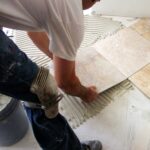Smart, expert hacks, tips, and strategies for controlling your budget and streamlining your home remodeling project
In This Article:
Remodeling your home can be both exciting and scary. On one hand, it gives you the opportunity to improve the quality of your life and create the home of your dreams. On the other hand, major remodeling can be complicated, expensive, chaotic, and disruptive—the process is likely to turn your world upside down for a while.
But don’t be discouraged by the downsides. The keys to achieving a successful home renovation are to avoid the financial and practical pitfalls of remodeling and be ready for the challenges.
Following are some lesser-known hacks to help you remodel your home faster, cheaper, and smarter.
Remodeling Hack #1: Reconfigure Existing Space
“One of the oft-overlooked methods of adding extra living space is simply reconfiguring the floor plan of your current home,” says Dave Fox Remodeling in Columbus, Ohio. “Many homes suffer from poor layouts which eat up livable space, cause major flow issues or simply don’t make sense.”
But you don’t necessarily need to add-on to your house to solve these problems. According to the National Association of Home Builders (NAHB) in the United States, the average construction cost per square foot for new single-family homes was around $161 in 2021—and adding onto an existing house can actually cost more.
Instead of adding on, you can knock down non-bearing walls to create an open-concept layout. Or you can reconfigure rooms to meet your family’s needs better—build a wall at the end of a long room to provide a closet, for example. If it’s possible to stay within your home’s existing footprint, you can save significantly by not spending on foundations, roofing, and more.
Remodeling Hack #2: Spend the Money Where It Counts
When it comes to getting the biggest bang for your remodeling buck, you have two main options: prioritize high-value projects or go with cosmetic fixes.
High-value improvements. Every year, Remodeling Magazine issues a Cost vs. Value Report that rates which home remodeling projects offer the best return on investment. The top projects in 2023 were HVAC conversion, garage door replacement, manufactured stone veneer, and steel entry door replacement. Explore this list to gain a clear understanding of which home improvements will pay off the best when you resell your home—and spend the money on those projects first.
Cosmetic improvements. To breathe new life into your home without breaking the bank, opt for cosmetic fixes like fresh paint, new hardware, and updated lighting fixtures. If you’re planning to flip the house—or you just want to get it looking great—be sure to check out our Curb Appeal article.
Don’t cut corners on highly visible work. If it will cost a little more to get a high-quality drywall job or crafted trim work, spend the extra. On the other hand, be aware that some highly visible features, such as plumbing fixtures or paint, may be relatively easy to upgrade later.
Remodeling Hack #3: Minimize Disruption
Living in a house during a remodel can be chaotic and challenging. Here are several strategies that can help minimize disruption and streamline the process:
- Regularly discuss your living situation, daily routines, and any specific needs you have with your contractor or remodeling team so they can plan the work schedule and activities accordingly.
Keep the lines of communication with your contractor wide open. Andy Dean Photography / Shutterstock.com - Designate a specific area of your home as a “living zone” that will remain relatively untouched by the remodel so you have a comfortable and functional space to go in the midst of construction. If your kitchen is undergoing a remodel, consider setting up a makeshift kitchenette with a microwave, toaster oven, and portable cooktop to help you maintain basic daily routines. Also, to keep the crew out of your living areas, ask your contractor to rent a portable toilet.
- Ask your contractor to seal off construction zones with plastic sheeting or barriers to prevent dust and debris from spreading throughout the house. Also ask your contractor to clean up the work areas at the end of each day to create a safer, more livable environment.
- Make use of storage units, bins, and containers to keep your belongings organized and protected from dust and damage. Storing items in an off-site storage facility or a portable storage unit can also help clear space and reduce clutter.
- Use noise-canceling headphones or earbuds to minimize the impact of construction noise on your daily activities.
- Stay flexible and adapt to any delays and changes—they’re inevitable. Remind yourself that this is all part of the process when improving your home. Keeping a positive outlook can make the journey more bearable.
- Take breaks away from the construction zone when keeping an eye on the progress isn’t necessary. Spend time outdoors or visit friends and family to recharge and reduce stress.
Remodeling Hack #4: Plan for Everything
Planning is crucial for speeding up a home remodel, streamlining the process, staying on budget, and minimizing delays. Do the following:
- Work closely with your architect or designer to create a detailed remodeling plan that includes measurements, layouts, materials, and specifications to guide the construction process.
A great design team is critically important to a successful building or remodeling project. Goodluz / Shutterstock.com - Get the permits and plan approvals as soon as possible. Delayed permits can significantly slow down the project.
- Be sure to research and hire a reputable and experienced contractor. A skilled contractor can provide accurate estimates, manage the project efficiently, and handle unexpected issues. Look for a budget-conscious contractor who can help you prioritize where to invest and where to economize. See How to Hire a General Contractor and Home Improvement Contracts.
- Avoid making major changes once construction has started. Changes mid-project can lead to delays and send costs through the roof.
- Choose and order your materials, finishes, fixtures, cabinets, and appliances as far in advance as possible. Recent supply chain delays have made it almost impossible to keep home improvement projects on schedule.
Remodeling Hack #5: Save Money Wherever Possible
When remodeling, staying within your budget can be next to impossible. With this in mind, save money any way you can. Every little bit will help. Here are a few ideas:
- Explore rebates and discounts for energy-efficient appliances, windows, roofing, HVAC, and more. If you buy Energy Star-certified equipment like windows, appliances, central air systems, and air-source heat pumps, you are currently eligible for tax credits and additional incentives. Check state and federal websites and your utility company for current programs.
- Watch for promotions, sales events, clearance discounts, and seasonal promotions at home improvement centers. Planning your purchases around these sales can lead to substantial savings on materials, tools, and fixtures needed for your remodel. Additionally, consider joining loyalty programs or signing up for newsletters to receive notifications about exclusive deals and upcoming sales.
- Look for opportunities to repurpose and upcycle existing materials that might otherwise go to a landfill. Save old decking, flooring, and lumber that’s still in usable shape. Or find a new use for materials—old windows can become accents for walls. Reclaimed wood salvaged from old buildings, barns, and other structures can be a rustic, eco-friendly option for flooring, furniture, accent walls, and more.
- Find low-cost alternatives to high-cost materials. For example, consider using faux laminates, composites, or vinyl products that imitate expensive materials like marble, granite, or wood. Many cost-effective alternatives have a surprisingly convincing look without the high price tag.
Vinyl sheet, tile, and plank flooring comes in a wide range of hardwood lookalikes. Home Depot - Opt for neutral finishes when buying flooring, tile, counters, and other permanent materials—they won’t go out of style in a few years. You can add color to your rooms with paint, furnishings, and accents that are more easily replaced.
 Store-away leftovers of new finishes. Leftover scraps of flooring, carpeting, tile, roofing, and other materials are worth their weight in gold later if you need to replace a damaged piece of carpeting or section of roofing— matching materials are usually very difficult to find.
Store-away leftovers of new finishes. Leftover scraps of flooring, carpeting, tile, roofing, and other materials are worth their weight in gold later if you need to replace a damaged piece of carpeting or section of roofing— matching materials are usually very difficult to find.
- Choose pre-finished materials when possible to save considerable time on installation and finishing work. Prefinished flooring, for example, eliminates messy, time-consuming floor sanding and finishing.
Doing your own work can be a great way to save money, but avoid costly mistakes by only taking on DIY projects that align with your skills. While many homeowners can easily tackle some tasks, like painting, other jobs, like setting tile or sanding hardwood floors, are better handled by a pro. For more about this, see Should You Do It Yourself?



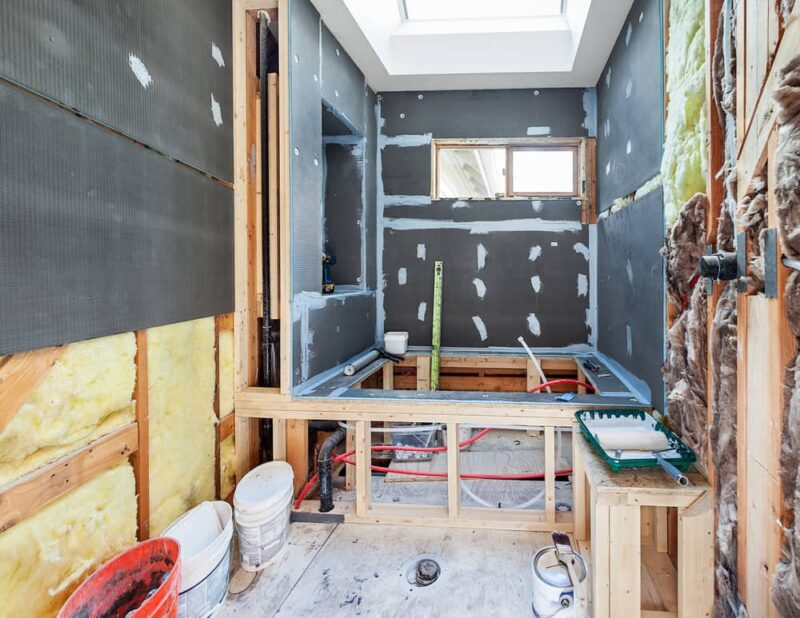
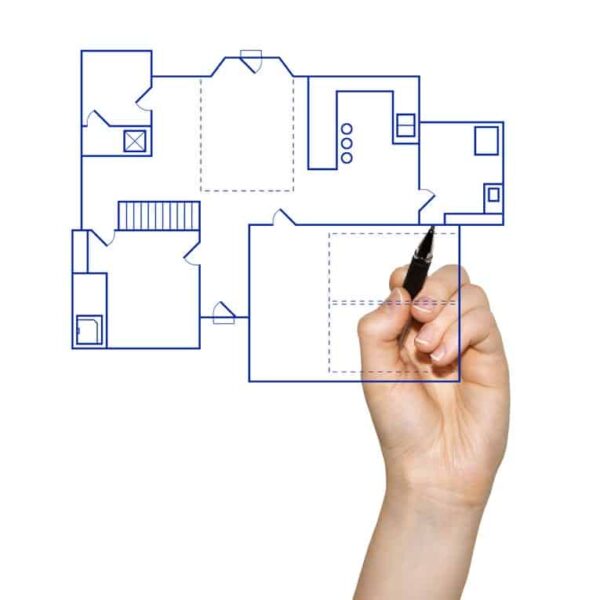
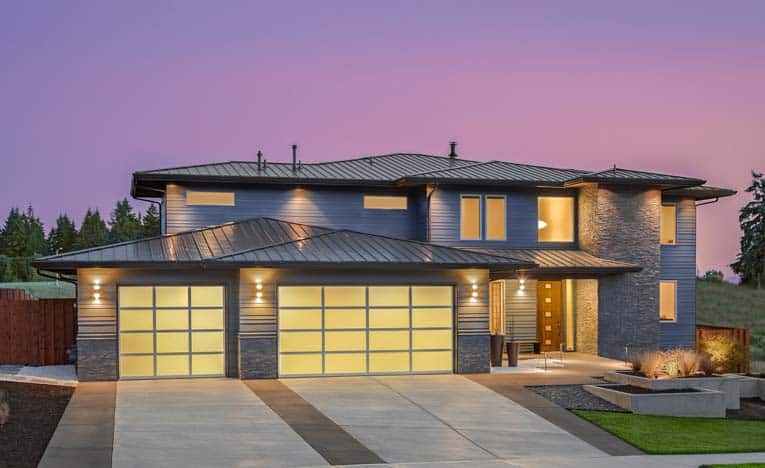
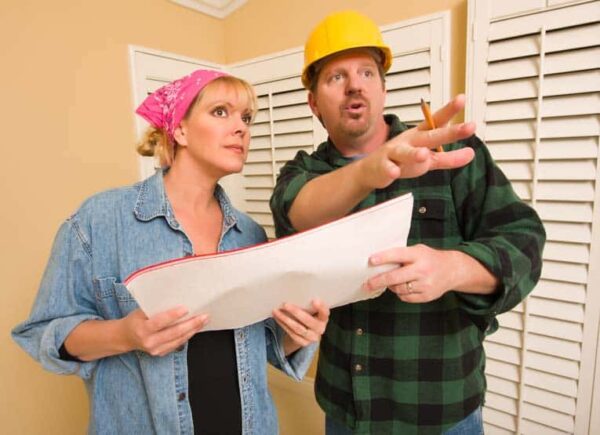

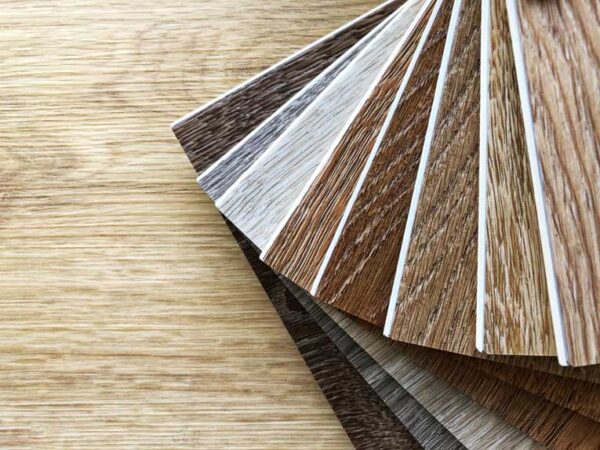

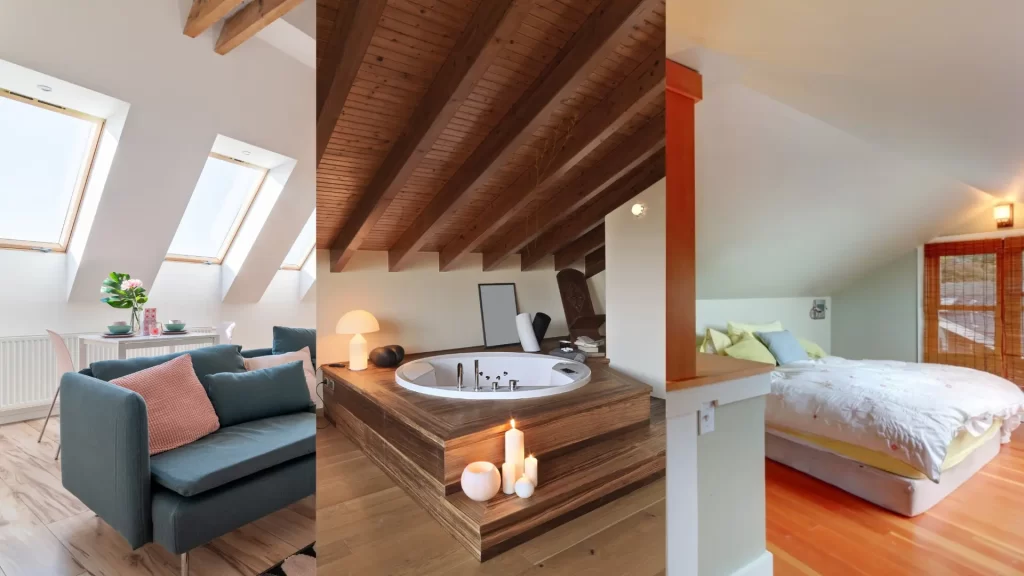

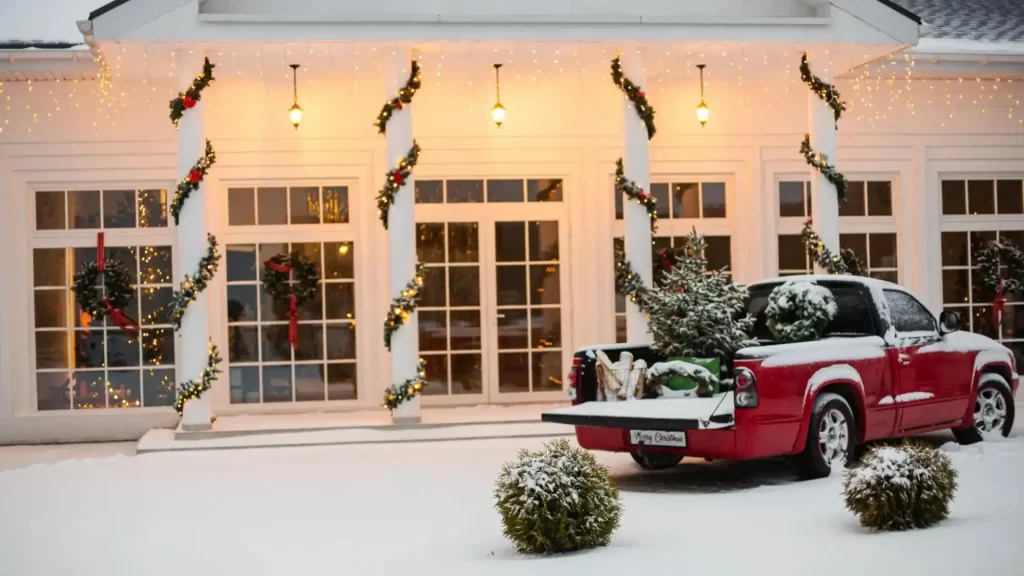
 Don Vandervort writes or edits every article at HomeTips. Don has:
Don Vandervort writes or edits every article at HomeTips. Don has:


